ANDY WARHOL (1928-1987)
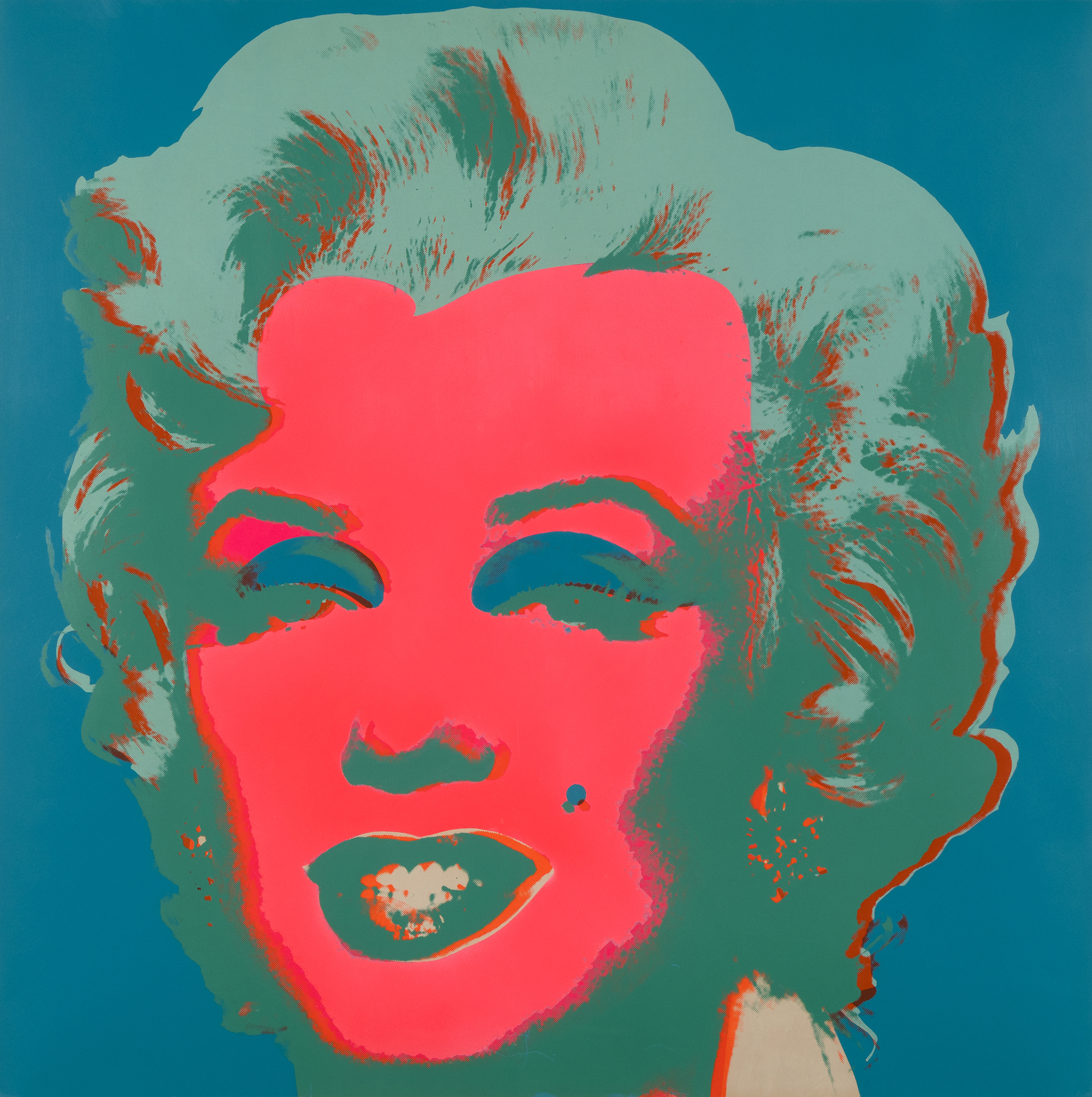
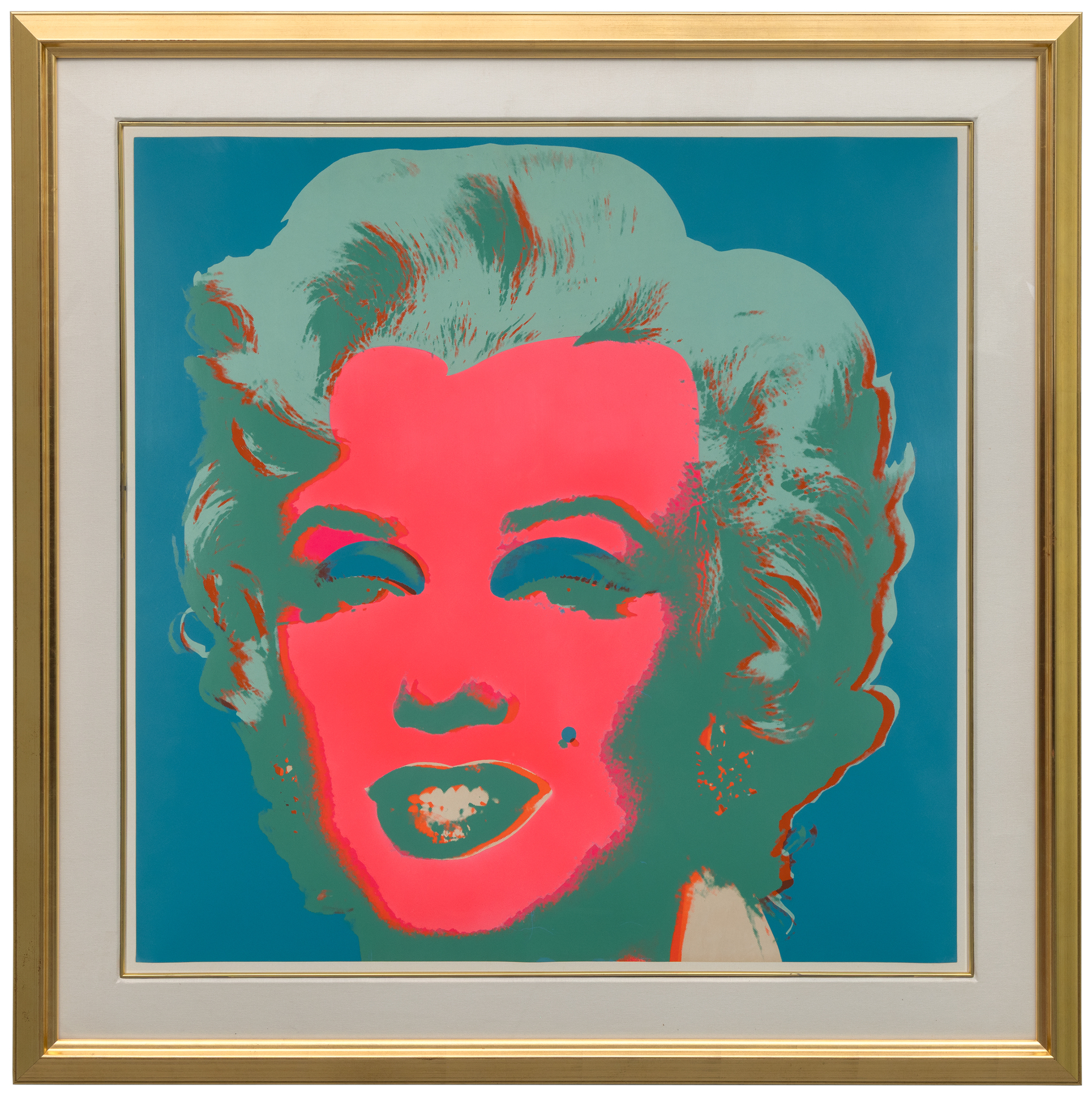
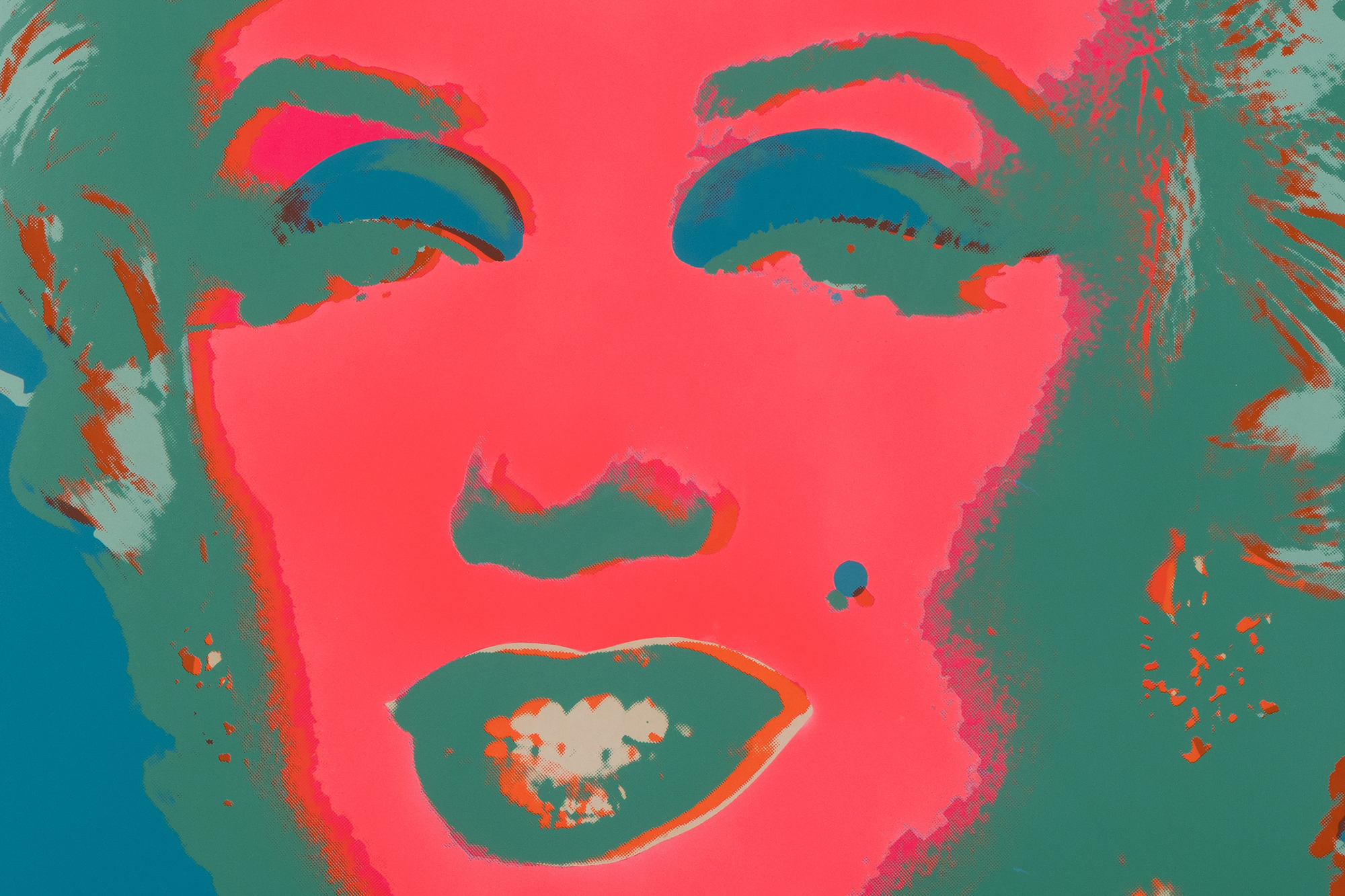
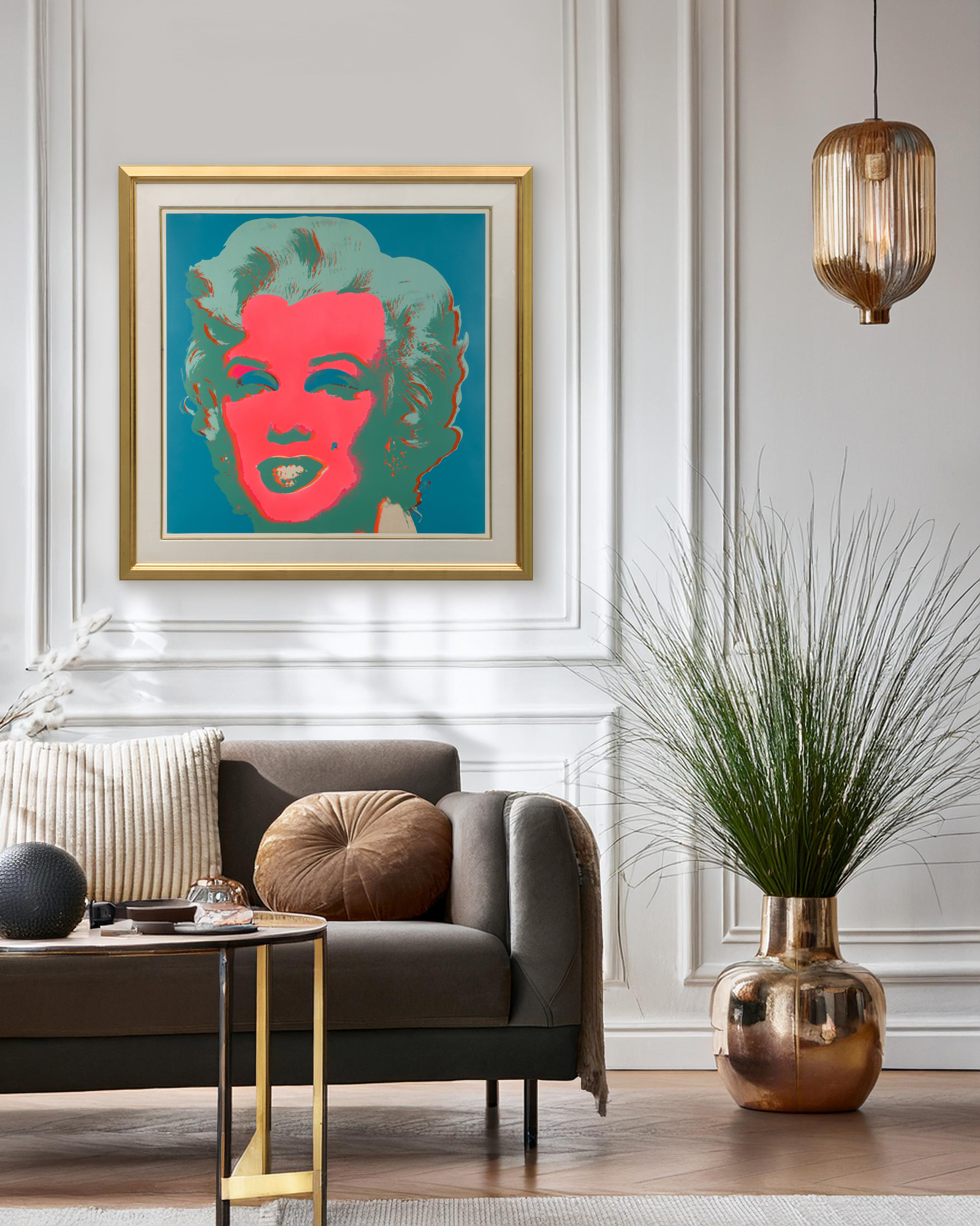



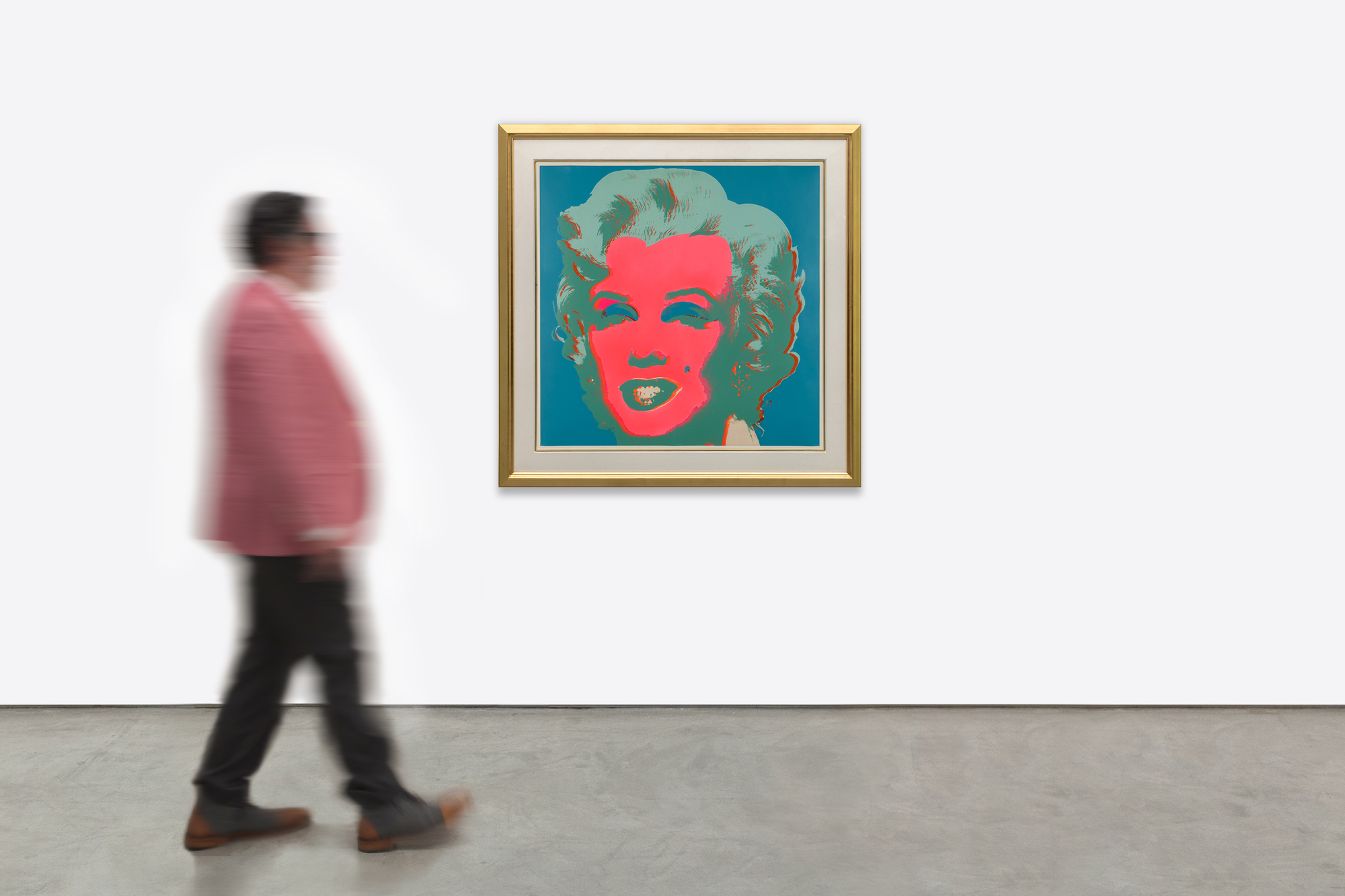
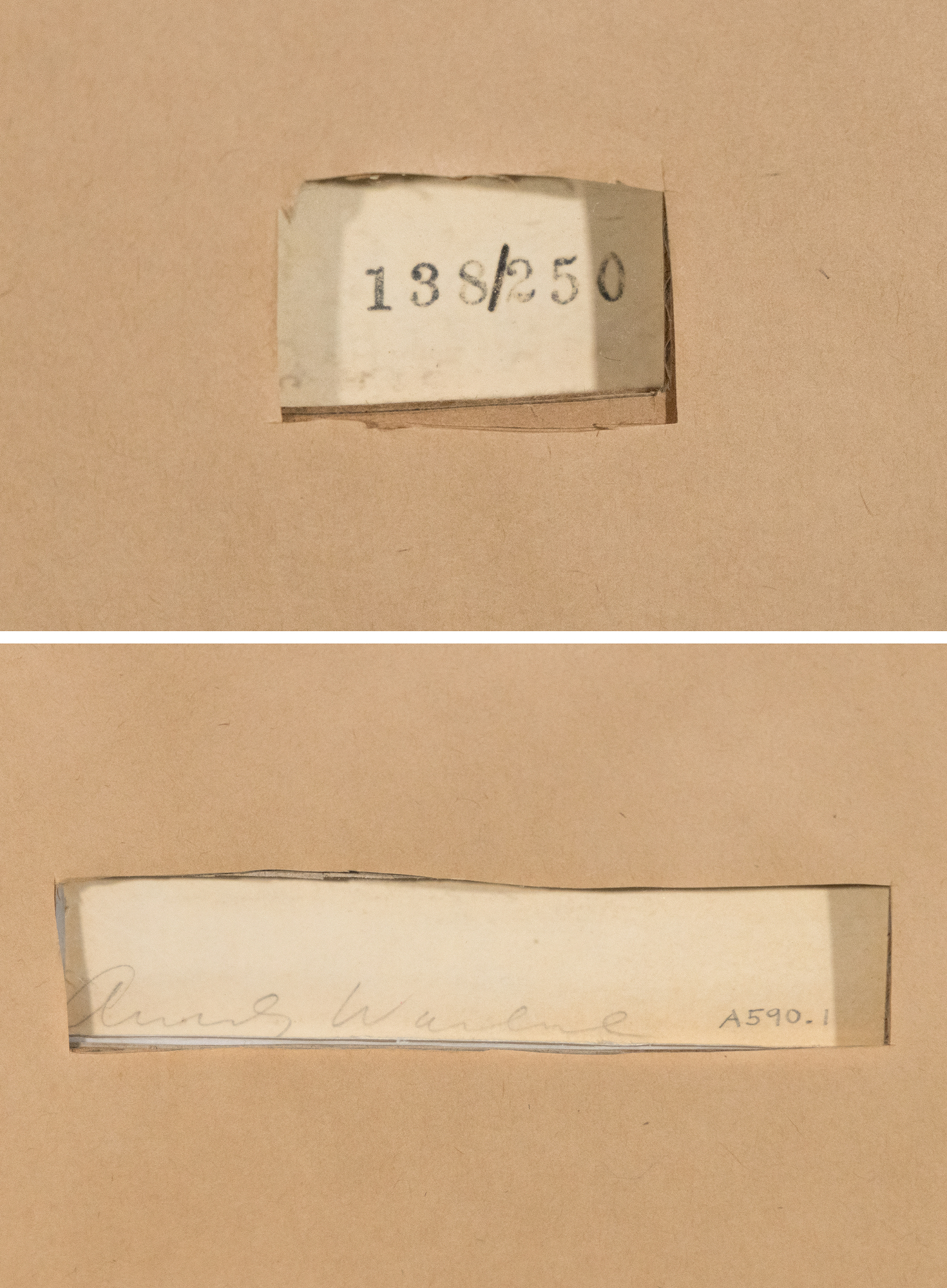
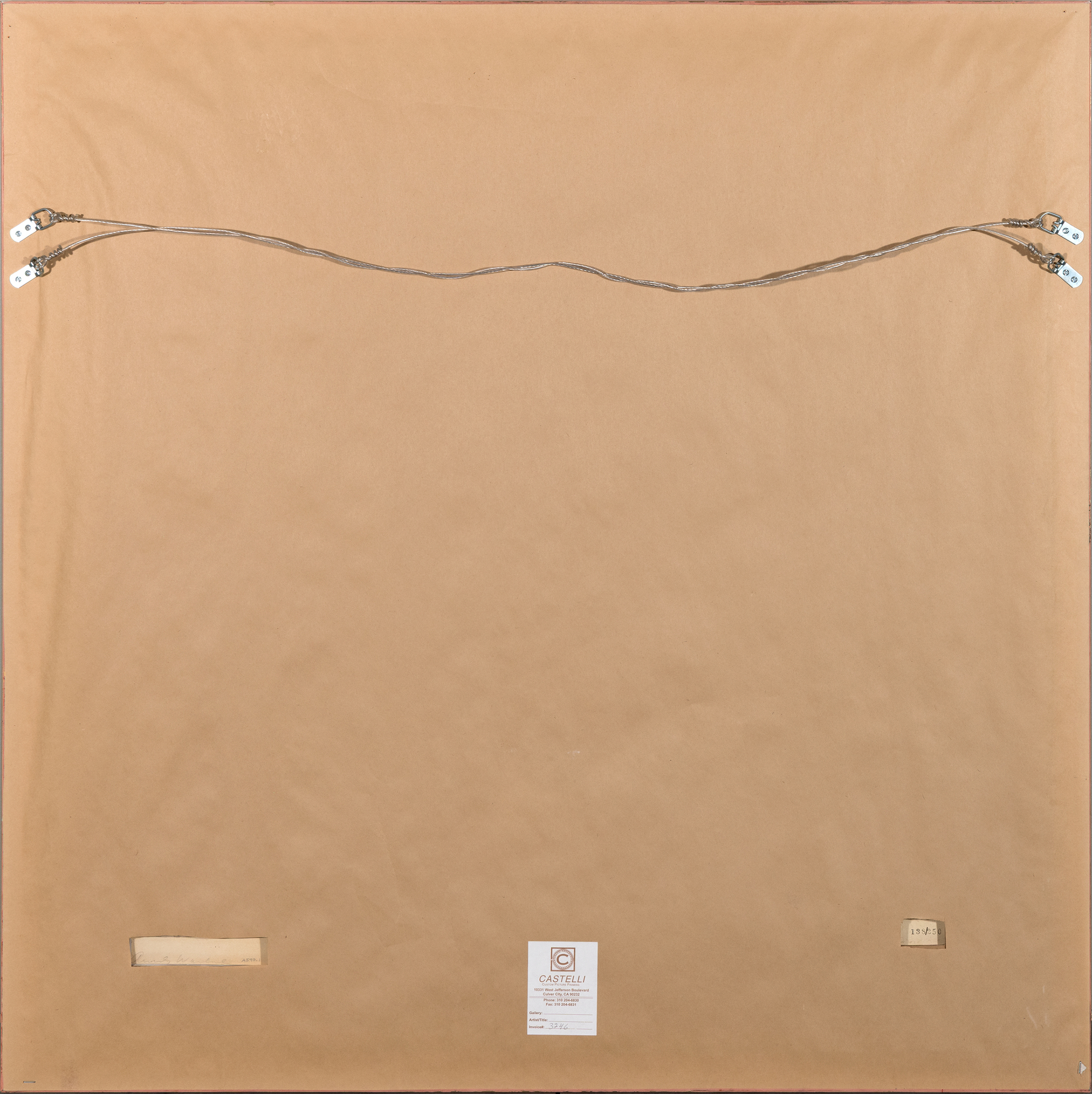
Provenienz
Hamilton Selway Bildende KunstPrivate Sammlung
Literaturhinweise
Frayda Feldman & Jorg Schellmann, Andy Warhol Prints: A Catalogue Raisonne: 1962-1987, New York, 2003, Nr. II.30225,000
Warhols Marilyns basieren auf einem Werbestandbild aus dem Film Niagara von 1953 und verkörpern seine Faszination für Prominente, Massenmedien und die Macht des reproduzierten Bildes. Für jeden Abzug der Serie wurden fünf Schablonen verwendet - eine für das fotografische Abbild und vier für die Farbflächen -, die absichtlich mit kräftigen Farbtönen überlagert wurden, die zuweilen leicht verschoben sind. Diese Schieflage verstärkt die Spannung zwischen Glamour und Künstlichkeit und erinnert an den zerbrechlichen Glanz von Marilyn Monroes eigener Persönlichkeit.
Die "Marilyn"-Drucke gehören zu den wichtigsten Werken Warhols und sind nach wie vor Ikonen der Pop Art, die den Hollywood-Star mit der mechanischen Wiederholung des Siebdrucks zu einer zeitlosen Meditation über Ruhm, Begehren und Image verbinden.


